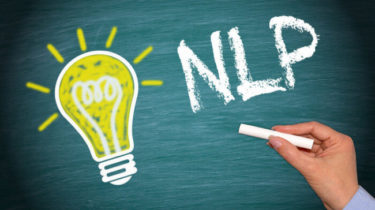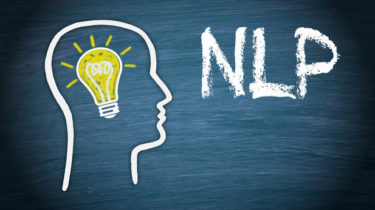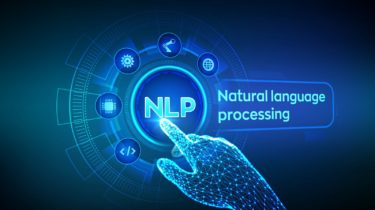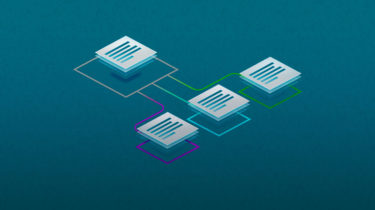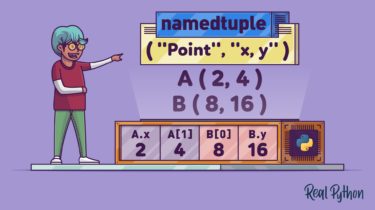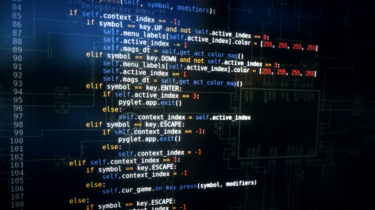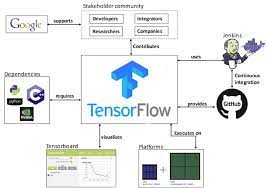Part- 6: Step by Step Guide to Master Natural Language Processing (NLP) in Python
This article was published as a part of the Data Science Blogathon Introduction This article is part of an ongoing blog series on Natural Language Processing (NLP). In the previous article of this series, we completed the statistical or frequency-based word embedding techniques, which are pre-word embedding era techniques. So, in this article, we will discuss the recent word-era embedding techniques. NOTE: In recent word-era embedding, there are many such techniques but in this article, we will discuss only the Word2Vec […]
Read more